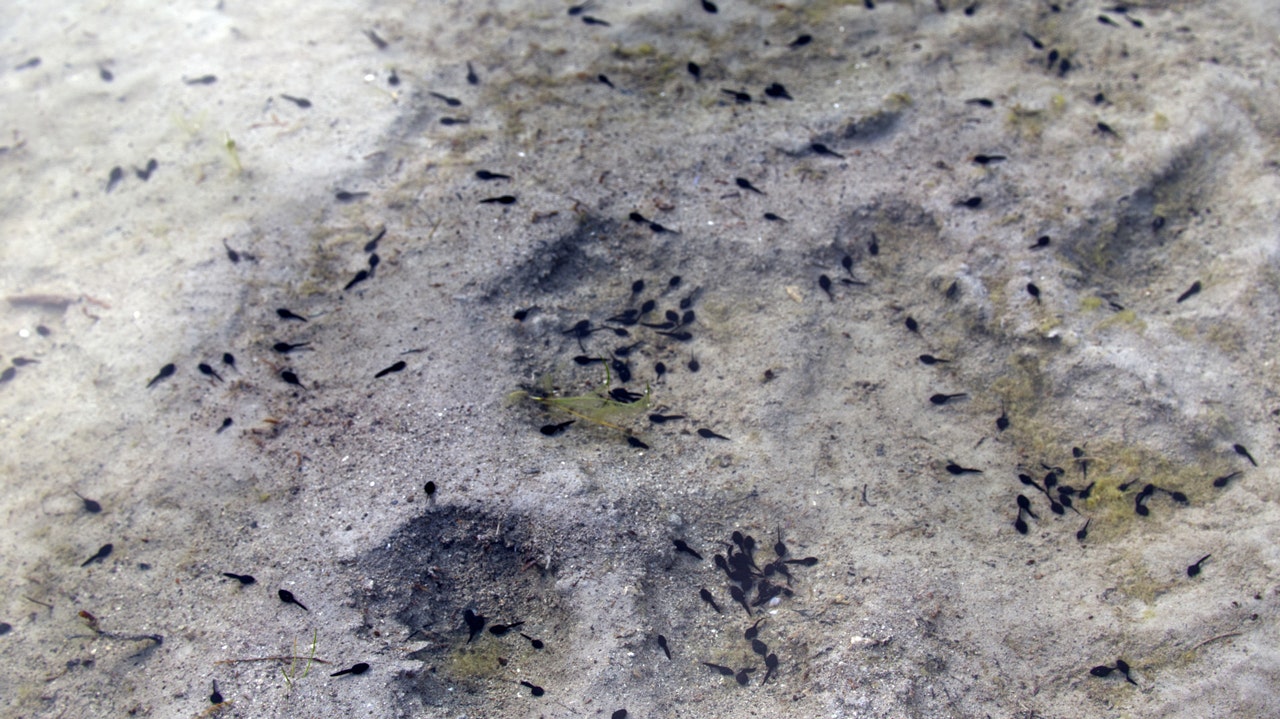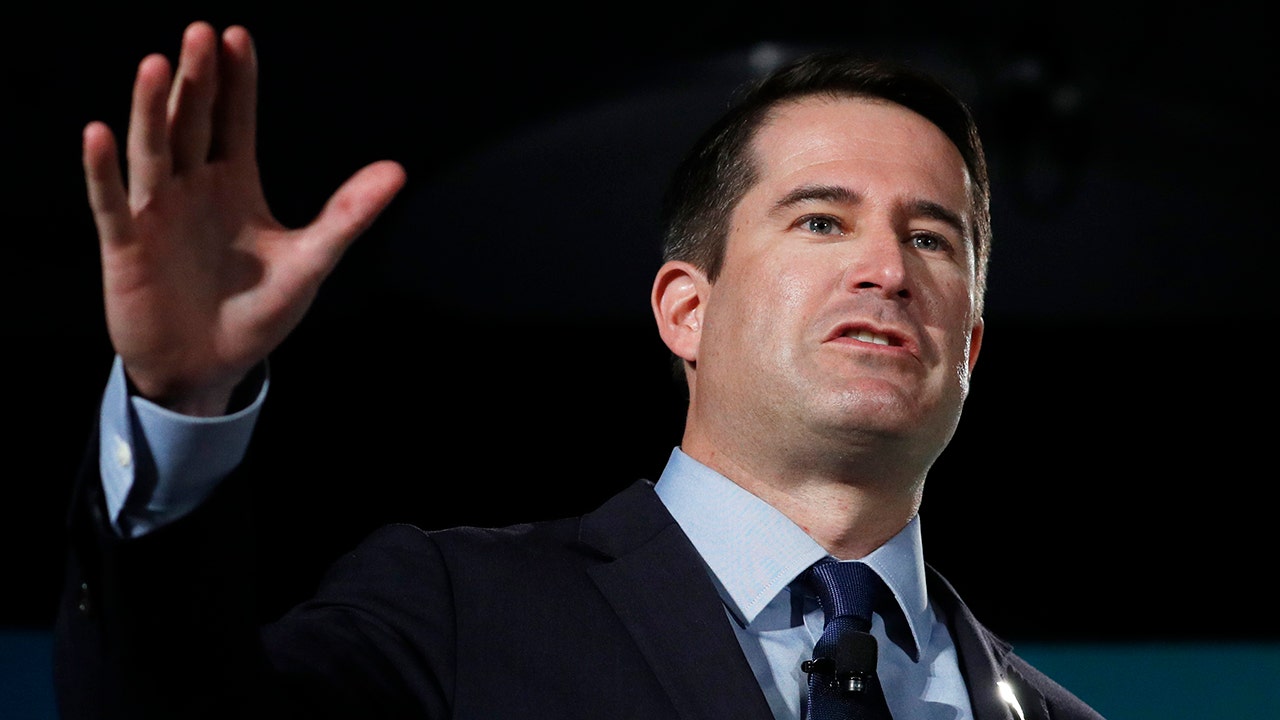One of the Israeli soldiers wore medical scrubs, another a white coat and surgical mask. Their team swept into the West Bank hospital brandishing rifles, took up positions by the waiting-room chairs, then entered a patient’s room and killed a Hamas commander.
Fifteen minutes later they were gone.
The raid on Tuesday took place as the Israeli military battled Hamas on multiple fronts: with the dramatic operation in the West Bank, renewed clashes in northern Gaza, and beneath the territory’s surface. The Israeli military confirmed for the first time on Tuesday that its engineers had begun pumping seawater into the vast Hamas tunnel network beneath Gaza.
Israel’s latest efforts in the nearly four-month war came amid a renewed push by multiple peace brokers, including the United States, Israel, Qatar and Egypt, for an agreement to pause the fighting. The political chief of Hamas, Ismail Haniyeh, said on Tuesday that he was studying a proposal for a temporary cease-fire that had come out of talks between officials from those nations in Paris.
But even as those talks continued behind closed doors, Prime Minister Benjamin Netanyahu asserted anew that Israel would continue fighting until it achieved “complete victory.” And the raid at the Ibn Sina Specialized Hospital in the northern West Bank city of Jenin suggested that Israel would continue chasing down Hamas leaders across the region.
Israeli forces have tried to strike Hamas leaders and their allies both inside Gaza and outside the territory. Earlier this month, Hamas blamed Israel for an explosion in Lebanon that killed its deputy political chief, and Iran accused Israel of an airstrike that killed senior Iranian military figures in Syria.
Israeli forces have escalated efforts against Palestinian militant activity in the West Bank, arresting more than 2,980 Palestinians since the war began in near-daily raids, over 1,350 of them affiliated with Hamas, according to the Israeli military. The raid at the hospital on Tuesday took less than 15 minutes, according to its director, Niji Nazzal.
Surveillance video released by the Palestinian Authority Health Ministry showed several gunmen in civilian garb — including one dressed in a white medical coat and another in blue scrubs — walking through the hospital halls, brandishing weapons.
They went to a room where the Hamas commander, Muhammad Jalamneh, 27, was visiting a friend and shot him and two other men dead, said the city’s top Palestinian health official, Wisam Sbeihat.
“They assassinated these three people, including a patient,” Dr. Sbeihat said in a phone interview.
In a statement, Hamas mourned Mr. Jalamneh, describing him as a leader in the Al-Qassam Brigades, the faction’s armed wing. A local militia affiliated with Palestinian Islamic Jihad claimed that his companions — the patient, Basil Ghazawi, and his brother Mohammad — had been members.
Dr. Nazzal said that Basil Ghazawi had been receiving treatment in the hospital’s rehabilitation ward since late October, when he was paralyzed by shrapnel from an Israeli drone strike that hit his spinal column. That could not be independently confirmed, but the Israeli military said at the time that a drone had fired on Palestinian gunmen who had hurled explosive devices and fired on Israeli soldiers in Jenin.
The raid at the hospital raises questions under international law, experts said. Hospitals require special protection and respect under the laws of war, although that protection ceases if the compounds are used for military purposes, according to Eliav Lieblich, an expert on international law at Tel Aviv University.
If Mr. Ghazawi was paralyzed and incapable of defending himself, he should not have been subject to attack under international law, Professor Lieblich said. “Whether this was the case here is a question of fact,” he said.
The Israeli military said all three men killed in the raid had been involved in militant activities, including attacks against Israelis. It said that Mr. Jalamneh had been planning “to carry out a terror attack in the immediate future and used the hospital as a hiding place.”
Israel’s raids in the West Bank escalated as violence spiraled out of the war in Gaza, which began after the Hamas-led Oct. 7 attacks in Israel killed, the Israelis say, around 1,200 people. The death toll in Gaza has now passed 26,000, according to Palestinian health officials.
Israeli ground troops moved into northern Gaza in late October, and have since turned their focus to the territory’s south, where fierce fighting has raged for weeks. But in recent days it has flared back up in the north, as well.
On Sunday, deafening booms ripped around Gaza City, which is in the north and was the enclaves’s most populous city before the war began. Powerful explosions lit up the night sky.
“The situation was calm, but then there was violent bombing, shelling, and clashes,” Ghada Ikrayyem, 23, a solar panel technician, said in an interview. “It was extremely dangerous.”
The Israeli military said in December that it was nearing “full operational control” of northern Gaza, but the fighting this week made clear just how much of the enclave is still a battlefield.
A major part of the challenge, Israeli officials say, is the network of tunnels that Hamas has built over years beneath Gaza.
The military’s statement on Tuesday that it was flooding some of the tunnels was its first public acknowledgment of a contentious project that some military officials have said is ineffective and that the United Nations has warned could damage Gaza’s drinking water and sewage systems.
The military said that it had begun pumping seawater to flush militants out of the labyrinthine underground network, which Hamas has used to launch attacks, store weapons and imprison Israeli hostages. It said it had “implemented new capabilities to neutralize underground terrorist infrastructure in the Gaza Strip by channeling large volumes of water into the tunnels.”
Senior Israeli military officials, who spoke on the condition of anonymity to discuss intelligence matters, estimated this month that the underground network is between 350 and 450 miles long — extraordinary figures for a territory that at its longest point is only 25 miles. Two of the officials said there are close to 5,700 separate shafts leading down to the tunnels.
On the whole, the flooding project has had limited success, the officials said. Large volumes of water have been pumped in, but many of the tunnels are porous, resulting in seepage into the surrounding soil rather than a deluge through the passageways.





